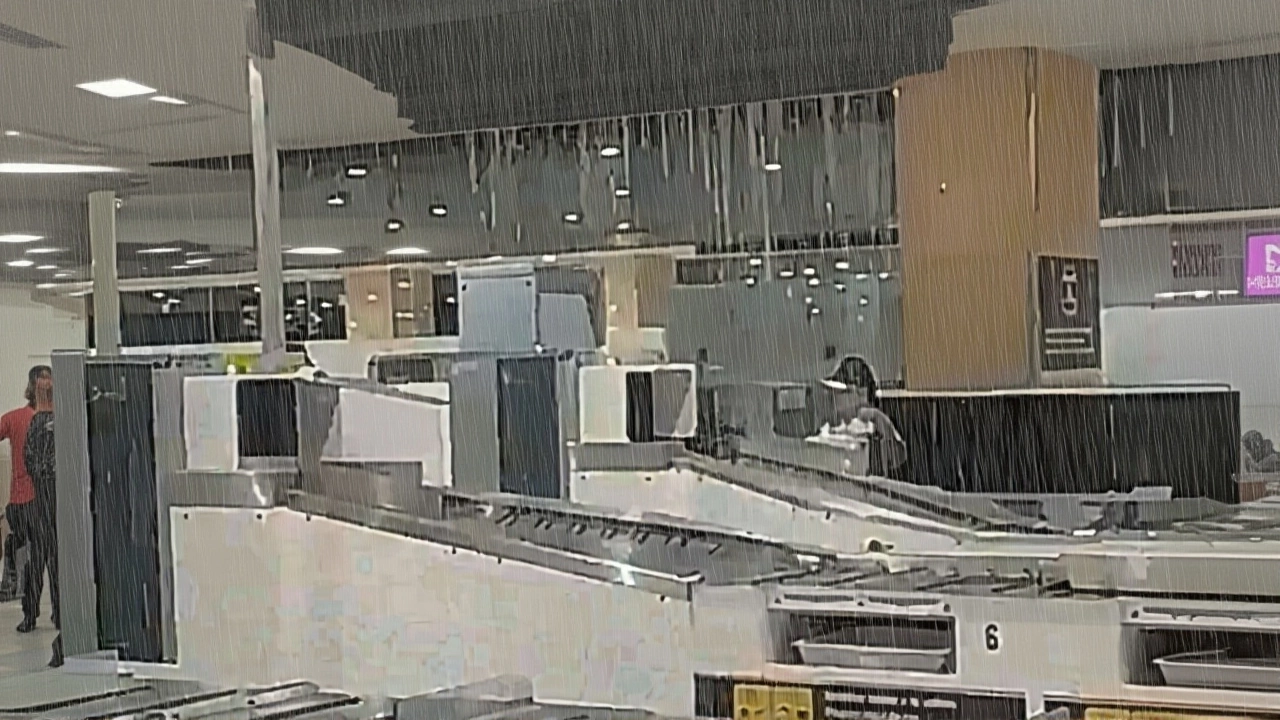Hurricane Gabrielle – What You Need to Know
When talking about Hurricane Gabrielle, a Category 4 Atlantic tropical cyclone that formed in September 2024, producing wind speeds over 130 mph and heavy rain across the Gulf Coast. Also known as Gabrielle Storm, it illustrates how quickly a storm can evolve from a tropical wave to a major hurricane.
Understanding this event starts with the basics: a tropical cyclone, a rotating low‑pressure system that forms over warm ocean waters is the engine behind any Atlantic hurricane. The Saffir‑Simpson scale, a 1‑5 rating that measures wind speed and potential damage classifies Gabrielle as a Category 4, meaning sustained winds between 130‑156 mph and a high risk of catastrophic damage. That rating directly ties to the storm’s storm surge, the abnormal rise in seawater level caused by strong winds and low pressure, which can push several feet inland, flooding homes and eroding beaches.
Key Attributes and Real‑World Effects
Three core attributes define Gabrielle’s threat: wind speed, rainfall intensity, and surge height. Wind speed peaked at 140 mph, enough to rip roof shingles, topple trees, and disable power grids. Rainfall totals exceeded 12 inches in some coastal counties, creating flash floods that swept away roads and forced emergency evacuations. Surge measurements reached up to 7 feet in low‑lying areas, breaching seawalls and inundating neighborhoods. These numbers matter because each feeds into emergency response planning – from shelter allocation to road closures.
Beyond the raw data, Gabrielle’s path intersected with several scheduled events, including a regional motorsport rally and a weekend racing meet. Organizers scrambled to relocate tracks, adjust dates, and inform participants, highlighting how a hurricane can ripple through seemingly unrelated sectors like sports, tourism, and insurance. It also reminded local authorities that storm preparedness isn’t just about homes; it’s about preserving community activities that bring people together.
Weather forecasting agencies such as NOAA and the National Hurricane Center employ satellite imagery, aircraft reconnaissance, and computer models to predict a storm’s track. For Gabrielle, the forecast accuracy improved after the second advisory, narrowing the landfall window from a 48‑hour spread to just 12 hours. That precision allowed officials to issue mandatory evacuations for three coastal counties, saving lives and reducing injuries.
Preparation steps boil down to three practical actions: secure property, assemble emergency kits, and stay informed. Securing property means installing storm shutters, reinforcing garage doors, and trimming trees that could become projectiles. An emergency kit should cover at least 72 hours of food, water, medication, and a battery‑powered radio. Staying informed requires following local alerts, signing up for text warnings, and checking official social media channels.
Insurance plays a silent but vital role. After Gabrielle, many homeowners filed claims for wind damage and flood loss. Policies that include “windstorm” coverage but exclude flood damage left a gap for some residents, underscoring the need to review policy details before the next season. Insurance agents also advised clients to document possessions before the storm, making the claims process smoother.
Looking ahead, climate scientists warn that warmer seas could increase the frequency of high‑category hurricanes like Gabrielle. This trend pushes coastal planners to rethink building codes, elevate critical infrastructure, and invest in natural barriers such as wetlands that can absorb surge energy. While we can’t stop a storm, we can mitigate its impact through smarter design and community awareness.
Below you’ll find a collection of articles that dive deeper into each of these topics – from detailed breakdowns of the Saffir‑Simpson scale to real‑world stories of how motorsport events handled sudden weather threats. Use them as a toolbox to better understand hurricanes, prepare your home, and keep your favorite activities running, even when the weather turns extreme.
- October 1, 2025
- Comments 0
- Local News
